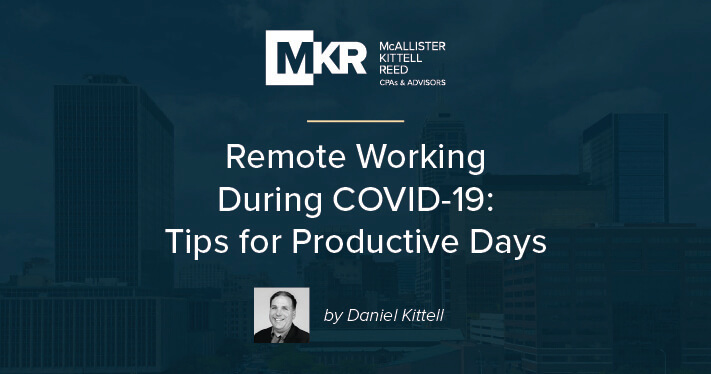More people are working remotely now more than ever, and the change from office to home might have proven to be a surprising adjustment. The flexibility that comes with working from a home office is a definite advantage, but staying focused, motivated, and disciplined...









